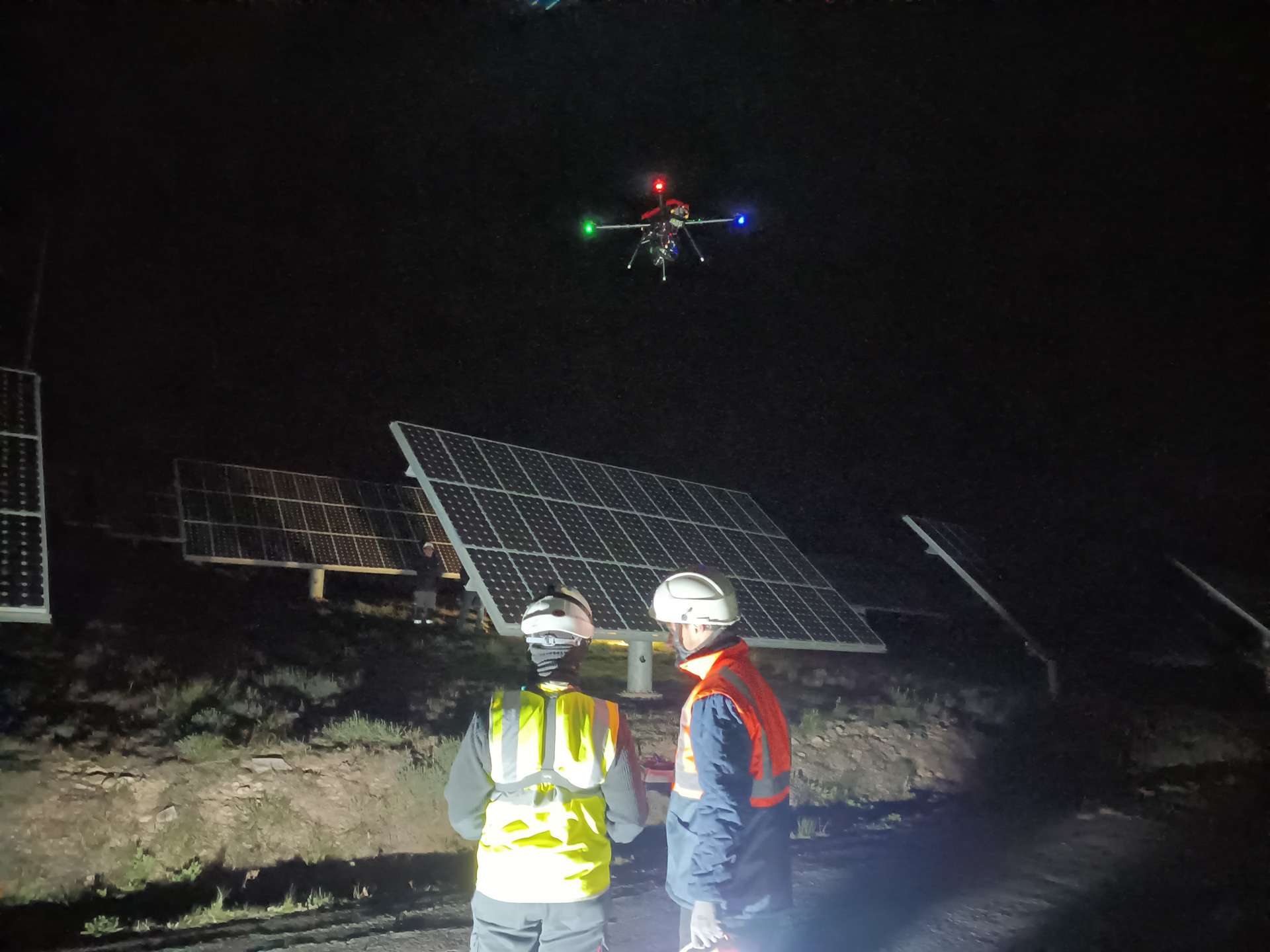Illuminating Insights: The Top 10 Advantages of Electroluminescence Photovoltaic Inspections
In the ever-evolving realm of renewable energy, the efficacy and longevity of solar photovoltaic (PV) systems are paramount. To ensure optimal performance and longevity, regular inspections are essential. Among the array of inspection techniques, electroluminescence (EL) photovoltaic inspections stand out for their ability to unveil intricate details within solar cells. In this article, we delve into the illuminating advantages of electroluminescence photovoltaic inspections.
1. Enhanced Defect Detection: EL inspections enable the identification of micro-defects, cracks, and faults within solar cells that might not be visible to the naked eye or with conventional inspection methods. This meticulous detection capability ensures early intervention and maintenance, minimizing energy loss and maximizing system efficiency.
2. Non-Destructive Testing: One of the most significant advantages of EL inspections is that they are non-destructive. Unlike some invasive testing methods, EL inspections allow for thorough assessment without damaging the solar cells, preserving the integrity of the PV system.
3. Comprehensive Assessment: EL inspections provide a comprehensive analysis of the entire solar panel, offering insights into the condition of individual cells and their overall performance. This holistic view aids in strategic decision-making for maintenance and repair efforts.
4. Early Warning for Potential Failures: By pinpointing defects in their nascent stages, EL inspections serve as an early warning system for potential system failures. Proactive maintenance based on EL inspection findings can prevent costly downtime and ensure uninterrupted energy production.
5. Quantitative Analysis: EL inspections offer quantitative data regarding the severity and extent of defects within solar cells. This quantitative analysis facilitates precise decision-making regarding repair prioritization and resource allocation.

6. High Resolution Imaging: With advancements in technology, EL inspections now boast high-resolution imaging capabilities, enabling detailed visualization of defects at the microscopic level. This clarity is instrumental in accurate defect characterization and subsequent remediation efforts.
7. Enhanced Safety Standards: By identifying and rectifying defects promptly, EL inspections contribute to maintaining stringent safety standards within PV systems. Mitigating potential hazards such xxxxxxxxxxxxx as electrical irregularities safeguards both personnel and property
8. Long-Term Performance Optimization: Regular EL inspections form an integral part of proactive maintenance strategies aimed at optimizing the long-term performance of solar PV systems. By addressing defects promptly, these inspections extend the lifespan of solar panels and ensure sustained energy generation.
9. Compliance Assurance: For solar installations subject to regulatory standards and compliance requirements, EL inspections offer assurance by validating adherence to prescribed quality benchmarks. Compliance with these standards enhances the credibility and reliability of solar energy projects.
10. Cost-Effective Maintenance: While EL inspections represent an initial investment, their cost-effectiveness becomes evident through the prevention of costly repairs and the preservation of energy output over the system’s lifespan. The proactive approach facilitated by EL inspections ultimately translates into long-term cost savings.
Electroluminescence photovoltaic inspections serve as a beacon of clarity in the realm of solar energy maintenance and performance optimization. With their ability to unveil hidden defects, ensure compliance, and enhance safety standards, EL inspections are indispensable tools for maximizing the efficiency and longevity of solar PV systems. Embracing this innovative inspection technique illuminates the path towards a sustainable energy future.
